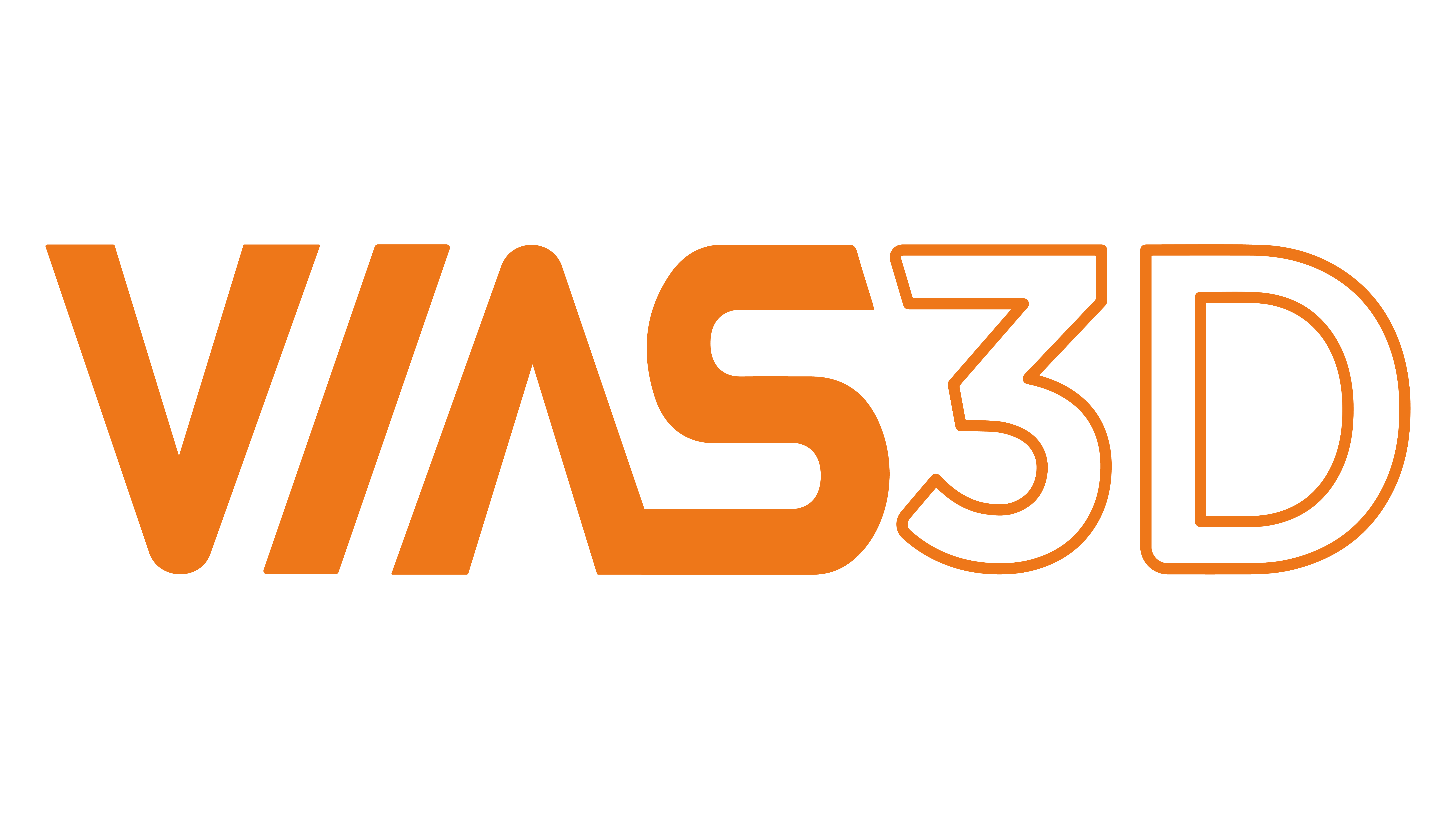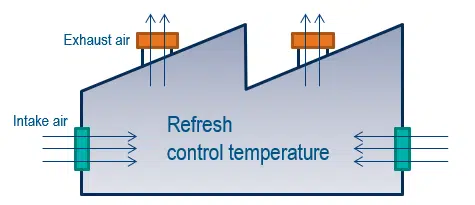Human interaction with machinery has increased over time and the need to create a comfortable working environment has increased multi fold. Efforts are made so that physical exertion is reduced and the task at hand is carried out smoothly without much energy loss or friction. A pressure ventilator is used extensively in various scenarios. It has proved to provide comfort to working staff in industries. It is an important equipment, used to refresh the air in large rooms, such as a factory, and to control temperature.
Typical Factory layout
There are a few challenges to design an optimum pressure ventilator. A designer must consider many parameters to achieve the requirement. A good pressure ventilator should circulate a large quantity of air to maintain comfort, should be light weight and less noisy. The product must reduce power consumption for eco-friendliness. If spot welding in a manufacturing process can be reduced, it will also reduce the manufacturing cost. However, fatigue evaluation is also needed to avoid failure. In addition, the designer must cope with various situations to be competitive in the market. Even if development of one type of fan is successful, to fill various requirements in different scenarios, a re-design consumes time and increases cost.
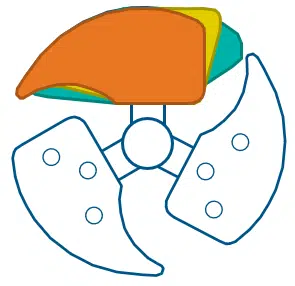
The SIMULIA Power of Portfolio solves all these issues of the design phase. With the help of morphing or a parametric shape change script, we can integrate a CFD solver using Isight. Isight adjusts the possible change parameters, looks for the structure to meet the required performance. It can also consider differences in the motor power and fan size.

Normally, iron wind pressure fan is manufactured by copper plate and stainless steel. The blade consists of two pieces for manufacturing reasons.
In the first step, consider the performance evaluation with the CFD analysis. To increase air quantity, a designer can change area and angle of the fan. This increases the quantity of the air which a fan scoops. However, it will also increase the burden on a motor, and air noise. Therefore, to reduce noise, a designer must search for the shape which can take a smooth streamline. If a designer can understand the shape change parameter for such sensitivity, Isight can search for the best design shape with the combination of those sizes as design variables.
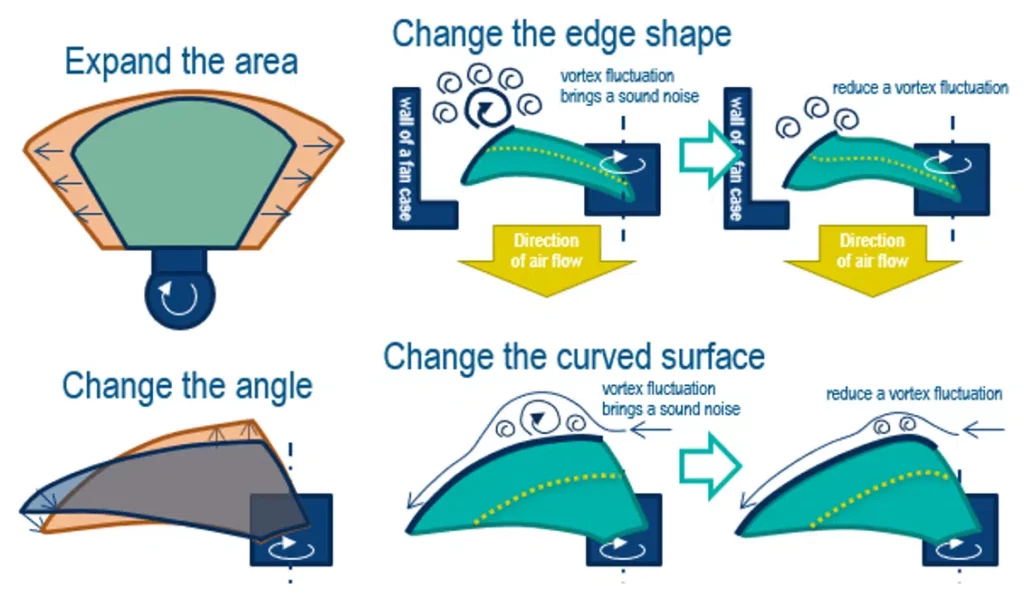
In the second step, we can predict the fatigue life of spot welding using fe-safe. fe-safe has module “Verity” for estimating fatigue life of welding joints. An engineer can adjust the position and number of welds to achieve the highest life. Furthermore, if an engineer can make the script which switches activation and deactivation for the spot-welding element, Isight will be able to design automatically.
The last step is the sizing optimization for a weight reduction. Tosca Sizing changes the thickness distribution which satisfies the objective about structural issues, such as centrifugal force, pressure, and eigen frequency. Within Tosca, displacement at a fan’s tip, the eigen frequency can be defined as a constraint. The objective is to find the distribution of thicknesses for which such constraints are fulfilled, and the weight is reduced as much as possible. By this result, the engineer can find a thickness balance and the place of reinforcement.
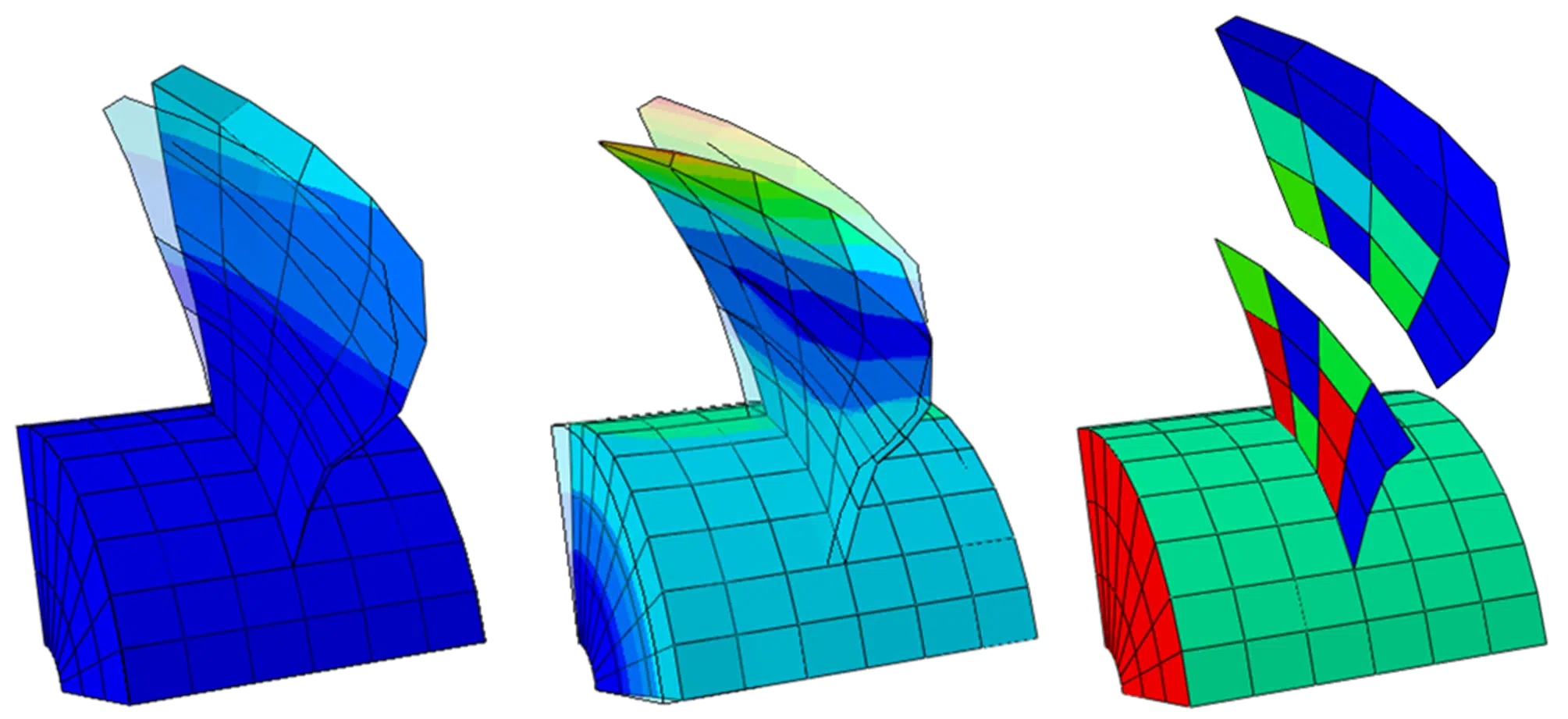
According to these frameworks, a designer can only input required information (for example, fan size, motor power, needed air quantity) and can acquire the suitable shape, thickness and spot welding layout for each customer needs.

This approach realizes savings on prototyping, engineering resources, production and material costs, warranty claims and development time which in turn leads to supreme quality products, compelling brand experience and increases customer loyalty.
Power of SIMULIA’s Portfolio is in joining different technologies to solve challenging engineering problems and create innovating products.
References:
1. SIMULIA resource centre from Dassault systemes
2. Abaqus Documentation.
